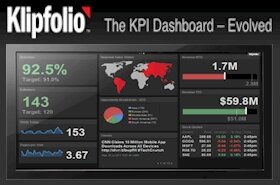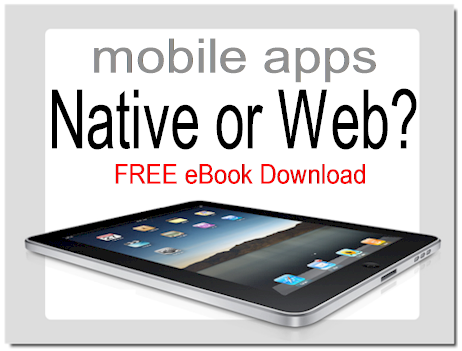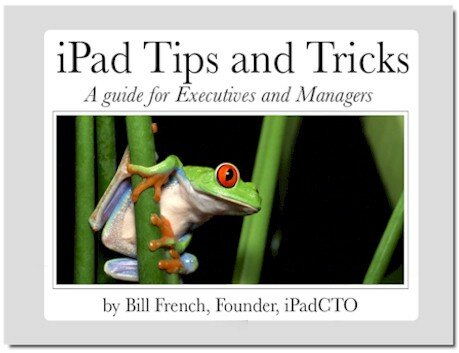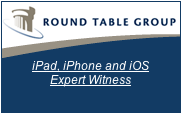Web 2.0 and the emergence of the conversational web requires new skills and technologies necessary to create and sustain connections with prospects, colleagues, and customers. While many of us think nothing more of an occasional email calling attention to a new idea, a product, or a story that you and a colleague share in common, this is the essence of curation.
EBook: Curate Like A ProUPDATE: The demand for more about this topic and how I instrumented On My Radar encouraged me to write an ebook about my curation process. You can get it for eight bucks.
With the emergence of social networks and social media over the past decade, sharing information that’s timely, relevant, and helpful has become an expected practice. Thought leaders have become very good at curation and sharing – this is what sets them apart from those who occasionally engage in this extended model of networking with social media.
How do you feel about a person who sends you an email about a very recent news event only to discover a different colleague shared the same story with you a few days earlier? When this happens to me, it says a lot about the person that shared it first, and much more about the person who shared it second.
“It’s not so important who said it as it is who shared it with you first.”
People who share information that is untimely are seen as out of touch with the velocity of important information and unlikely to give you an edge. The first person who relayed HP’s decision to trash their tablet product, is regarded by me, as a practiced curator who is using tools that sets her apart as a knowledgeable expert in all things HP.
While timeliness is key, relevance is also very important. My source for HP news not only sent me a heads up as the news was breaking, she included a brief snippet – an annotation that contained an assessment of why this was interesting information. She used her domain expertise to enhance the value of the news itself.
She curates like a pro.
A successful curation process is timely. Near instantaneous response time must be possible in your curation and annotation strategy and it must also be exercised frequently. This is why iPad is at the center of my new ebook about the machinery of curation; it has the mobile qualities, content discovery, and annotation agility that is critical for curation success.
Curation activities are ongoing in nearly every business and by almost everyone. Some of us engage in this activity occasionally, but many of us share information as a matter of practice; a purposeful and proactive approach to doing business on the Internet and in social networks. If you are one of those people, my upcoming guide on curation is most certainly for you. If you aren’t one of these people, my ebook will demonstrate curation techniques and how easily you can curate like a pro.
What is Curation?
Curation is all about capturing, conveying, and sustaining knowledge. In many cases, we employ this process to elevate understanding about our own ideas and our goals. In other cases, we use it to make a point, clarify a concept, or validate a trend. Without question, it is a highly valued model by those who wish to create and participate in conversations. For this reason, many more people are trying to do it and hopefully with greater precision.
Unfortunately, curation processes are laden with friction points that slow people down or make it so difficult that they give up and slap a link into an email message and call it a day. This is unfortunate because there is so much value to be gained personally and professionally if you can streamline your curation process while increasing the publishing quality.
As I mentioned earlier in the story about my HP expert, the process of curation typically involves annotating information artifacts. A unique story about a new iPhone app brought to the attention of a client may be of little benefit until the client reads your additional commentary about the app. Capturing the flashes of relevance that race through your mind as you discover curation-worthy artifacts are the diamonds-in-the-rough that when polished, become highly valuable to your colleagues. Without your insights, links to stories are just links. Annotations often serve as a tipping point to the value of information received by the reader. A well-crafted comment about an information item can determine the difference between a highly useful nugget and just another email in the inbox.
Proactive and thoughtful curation with annotations creates the opportunity for conversations with high value.
iPad has provided me with these and many other abilities. Much more to come on this topic. If you’d like to learn more about my thoughts on curation with iPad, Get On My Radar, select the iPad Curation interest checkbox and experience my polished curation approach.




















Bill,
Just catching up on your posts. Love the concept of curation as it provides a great framework for maintaining a blog. I seem to remember you citing Zite as one of the tools in your curation arsenal. What is your process for taking an interesting tidbit of information and turning that into a post on ipadcto? Do you simply save the link, clip the page and then insert the clip into a post? Or do you have some other more efficient process?
I am trying to eliminate steps to getting posts out as I am finding it hard to keep up with all the things I want to write about given the process it takes to post in wordpress.
Thanks for your leadership!
-chris
tabletproductive.com